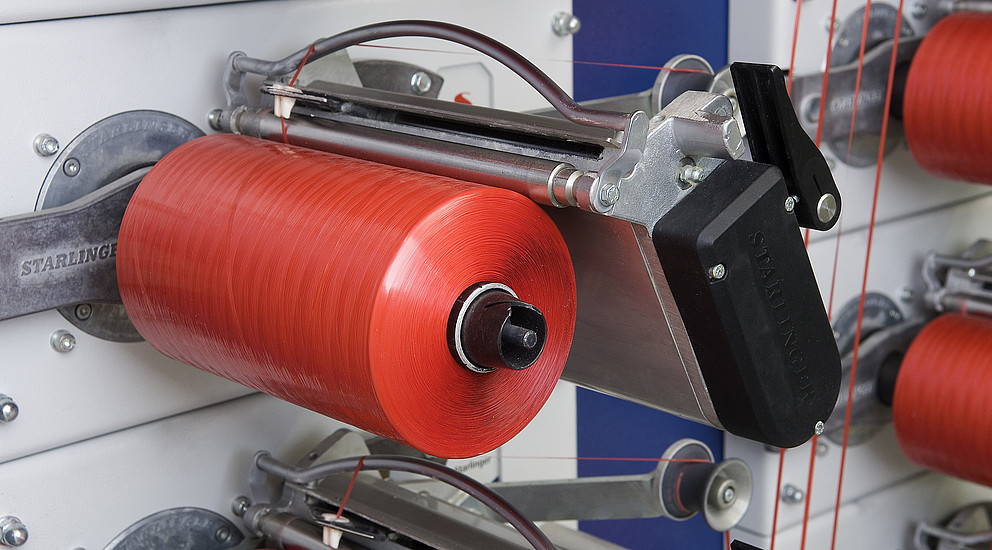
- 1. The Rise of FFS Roll Bags: Market Trends and Drivers
- 2. Technological Edge: How FFS Roll Bags Outperform Traditional Solutions
- 3. VidePak’s Competitive Advantages
- 4. Sustainability: Beyond Greenwashing
- 5. Navigating Global Markets: Localized Strategies
- FAQs: Addressing Key Client Concerns
- 6. The Road Ahead: Innovation and Expansion
“Why should our company switch to FFS roll bags?” asked a logistics manager during a recent industry conference. “Because they’re not just bags—they’re a game-changer for efficiency, sustainability, and global market adaptability,” replied Ray, CEO of VidePak. This exchange encapsulates the transformative potential of Form-Fill-Seal (FFS) roll bags, a packaging innovation reshaping industries from agriculture to pharmaceuticals.
1. The Rise of FFS Roll Bags: Market Trends and Drivers
FFS roll bags, designed for automated packaging lines, integrate forming, filling, and sealing into a single process. Their adoption is accelerating due to three critical trends:
1.1 Automation and Efficiency
Automation is no longer optional in high-volume industries. FFS roll bags reduce labor costs by 30–40% compared to manual packaging, while increasing output speeds by up to 60%. For instance, VidePak’s Starlinger-powered production lines can produce 12,000 bags per hour, meeting demands for industries like pet food and construction materials.
1.2 Sustainability Imperatives
With the global biodegradable packaging market projected to reach $785 billion by 2030, FFS roll bags made from recyclable polypropylene (PP) align with regulatory and consumer demands. VidePak’s use of virgin PP ensures durability while supporting circular economy goals—40% of its clients now prioritize recyclable solutions.
1.3 Customization for Diverse Markets
Regional preferences vary drastically:
- Europe: Emphasis on ISO-certified, lightweight designs (e.g., <50g bags for retail).
- Asia: High-resolution printing for brand visibility in crowded markets.
- North America: Demand for FDA-compliant food-grade liners.
VidePak’s 16 extrusion lines and 30+ printing machines enable rapid customization, from UV-resistant coatings for Middle Eastern climates to anti-static layers for chemical transport.
2. Technological Edge: How FFS Roll Bags Outperform Traditional Solutions
A comparative analysis reveals why FFS roll bags dominate:
| Parameter | Traditional Bags | FFS Roll Bags |
|---|---|---|
| Production Speed | 5,000 bags/hour | 12,000 bags/hour |
| Material Waste | 8–12% | <3% |
| Customization Lead Time | 14 days | 5–7 days |
| Carbon Footprint | High (multi-step) | Reduced by 25% |
Example: A Brazilian fertilizer producer reduced downtime by 70% after switching to VidePak’s FFS bags, which seamlessly integrated with their existing filling systems.
3. VidePak’s Competitive Advantages
Founded in 2008, VidePak combines legacy expertise with cutting-edge technology:
3.1 Production Capacity
- 100+ circular looms and 30 lamination machines ensure scalability.
- Multi-color printing supports up to 10 Pantone shades, critical for brand differentiation.
3.2 Global Certifications
Compliance with ISO 9001, FDA, and EU REACH standards positions VidePak as a trusted partner for cross-border trade. For example, its BOPP laminated bags meet Japan’s stringent JIS Z 1707 requirements for moisture resistance.
3.3 Case Study: Tailoring Solutions for the Agri-Export Market
A Southeast Asian rice exporter needed bags that could withstand 60°C storage and 85% humidity. VidePak engineered a triple-layer PP-Kraft-PE composite with anti-fungal additives, reducing spoilage by 22%.
4. Sustainability: Beyond Greenwashing
VidePak’s FFS roll bags exemplify actionable sustainability:
- Material Innovation: 30% of raw PP is now sourced from post-industrial recycled content.
- Energy Efficiency: Solar-powered facilities cut CO₂ emissions by 1,200 tons annually.
- End-of-Life Solutions: Partnerships with recyclers like TerraCycle ensure 95% of bags are repurposed.
Industry Insight: The shift to recyclable PP bags mirrors trends in the anti-counterfeit packaging market, where traceability and eco-design converge.
5. Navigating Global Markets: Localized Strategies
VidePak’s success stems from hyper-localized approaches:
- Africa: Reinforced seams for rough handling during transit.
- Europe: Minimalist designs with eco-labels for conscious consumers.
- North America: RFID-enabled bags for Walmart’s supply chain mandates.
A distributor in Germany noted: “VidePak’s agility in adapting to EU’s Single-Use Plastics Directive saved us six months of redesign work.”
FAQs: Addressing Key Client Concerns
Q1: Are FFS roll bags suitable for food products?
Yes. VidePak’s food-grade liners meet FDA and EU 10/2011 standards, ideal for grains, spices, and pet food.
Q2: What’s the minimum order quantity (MOQ)?
MOQ starts at 20,000 bags, with flexible batch scheduling for SMEs.
Q3: How do FFS bags compare cost-wise to woven sacks?
While 15–20% pricier upfront, FFS bags reduce long-term costs via automation and waste reduction.
6. The Road Ahead: Innovation and Expansion
VidePak is piloting smart FFS bags embedded with IoT sensors for real-time tracking—a response to the growing demand for anti-counterfeit solutions. Additionally, collaborations with biopolymer startups aim to launch compostable FFS bags by 2026.
Conclusion
FFS roll bags are not merely packaging—they are a strategic asset for brands navigating efficiency, sustainability, and globalization. VidePak’s blend of scale, customization, and forward-thinking innovation positions it as a leader in this $8.3 billion market. As Ray aptly states: “In packaging, the future belongs to those who adapt faster. With FFS roll bags, we’re not just keeping pace—we’re setting the rhythm.”
This report integrates insights from IndustryARC’s Biodegradable Packaging Market Report and case studies from global packaging leaders to ensure accuracy and depth. For further details on automated solutions, explore our analysis of Form-Fill-Seal technology in modern packaging.